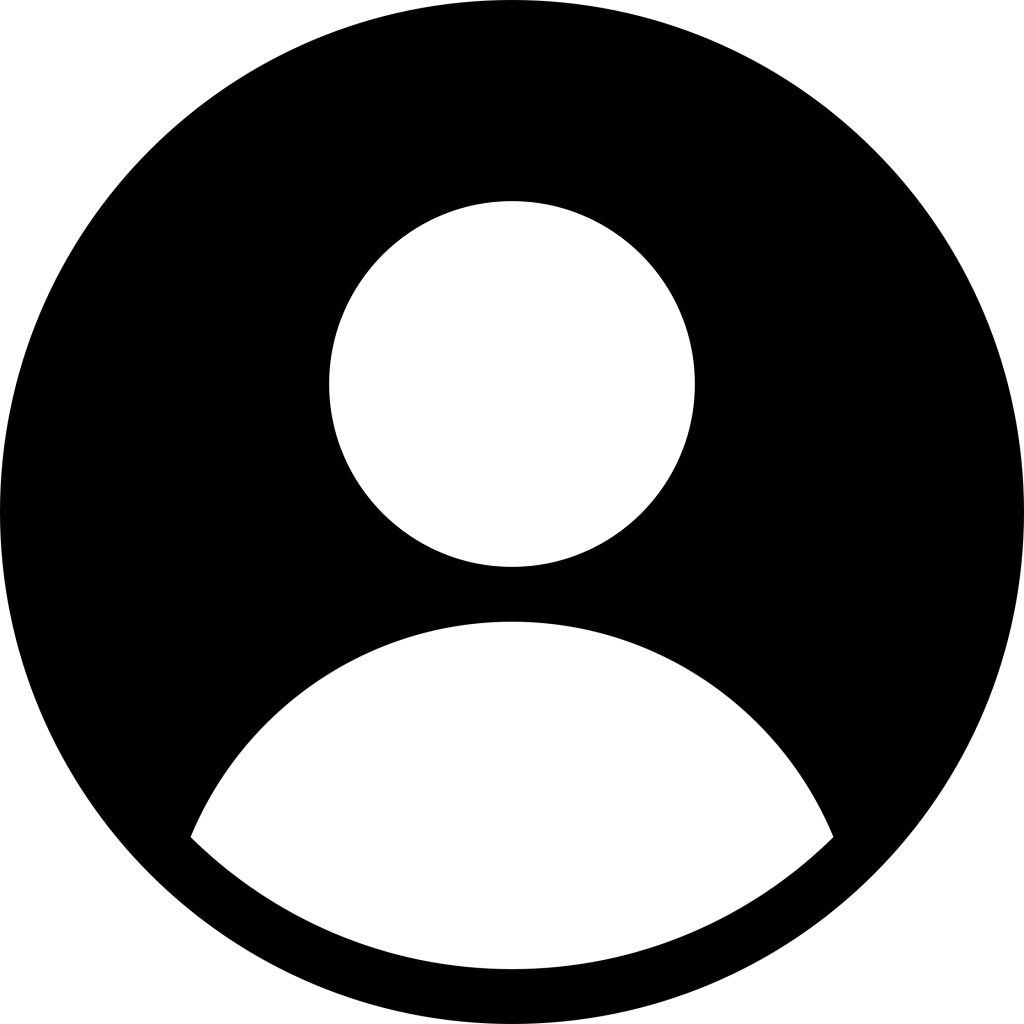We recently replaced 28 x 1000 watt+ DE grow lights with our latest LED fixtures at a facility of an up and coming Licensed Producer (LP) here in the Greater Toronto Area. This post is the first in a series that will be documenting the project from inception to harvest.
These days it would seem that the debate over the effectiveness of LED technology for cannabis cultivation is among the most contentious in the industry. As with any argument, you are bound to find fanatics on either side, however the goal of the posts in this series is focus on the science and the results, and hopefully cut through some of the misinformation out there.
The financial implications of the business case are very hard to ignore. In this case, it would mean hundreds of thousands in capital cost savings in a new facility, more hundreds of thousands in total cost of ownership, all the while cutting energy bills by 30-40{b00203bcdc8a3b5f4dde5d613aab10e8efd784d0fe7b8df04de7ee54a688e58f} on an ongoing basis. That tends to get people’s attention.
We’ll start with a bit of a background on our partner in this test. The team behind this LP has been in the industry for quite some time – think decades – naturally there was quite a bit of apprehension at first. This seems to be the case with most experienced growers, and rightly so. There’s a lot on the line when making such a dramatic change to a horticultural ecosystem, especially a change in something as fundamentally important as lighting. However, the financial implications of the business case are very hard to ignore. In this case, it would mean hundreds of thousands in capital cost savings in a new facility, more hundreds of thousands in total cost of ownership, all the while cutting energy bills by 30-40{b00203bcdc8a3b5f4dde5d613aab10e8efd784d0fe7b8df04de7ee54a688e58f} on an ongoing basis. That tends to get people’s attention.
Our goal going in to the project was simple – meet or exceed the yield of their current lighting system, a popular brand of 1000 watt double-ended (DE) fixtures, while realizing the savings mentioned above. The solution was a perfect fit for our flagship product, which was designed to outperform a premium 1000 watt double-ended fixture, which is typically seen as the standard for indoor cultivation of many different crops.
Before designing this fixture, we were in R&D for two years working on our cloud platform, which is integrated into each fixture, and of course getting our hands dirty growing plants. We knew what kind of yield a good grower would typically see, and that became our target. Through studying the spectrum and intensity requirements for optimal plant growth, we tested LED tech that met those requirements, while balancing out the cost, quantities, and efficiency that would lead to an attractive ROI. By taking this approach, we achieved yields that were competitive with, if not in excess of our target within a few harvests.
Of course, the devil is in the details of spectrum and intensity. Knowing that previous generations of LED technology were far less efficient and less intense than their modern counterparts, and that ‘reductionist’ theories of the effectiveness of selective spectrum use had dubious scientific support, we were confident that our design would address the double whammy of poor spectrum and low intensity that has brought upon the stigma of the under-performing LED. This is where the science comes in to back our confidence up.
When we talk about the science of horticultural lighting, we use terms such as photosynthetically active radiation (PAR), photosynthetic photon flux (PPF), photosynthetic photon flux density (PPFD) and daily light integral (DLI) to measure the effectiveness of a horticultural lighting system. Without diving into too much detail, our fixture specifications achieved the following:
- Our PAR spectral range is closely matched to McCree’s relative quantum efficiency curve
- Our PPFD measurements in the flowering zone are more consistent and higher on average than the standard 1000+ watt double-ended fixture currently in use
- Our DLI measurement is greater than the standard 1000+ watt double-ended fixture currently in use
The results are now speaking for themselves in larger scale tests. At the time of writing we are just over three weeks into flowering, and the following has been noted:
- The nutrient uptake in the LED section is identical to the control group
- The node and flower structure is identical to the control group
- There are anecdotal reports of the LED section looking healthier and more vibrant than the control group
As we approach harvest, we’ll post more details on the progress of the plants, and dive deeper into our cloud platform, which will give growers access to real time data collection, long term data visualization, and precise control over grow room equipment. By bringing the benefits modern Internet-of-Things (IoT) to the grow room, we plan on helping growers optimize environmental conditions, save on energy costs, and increase productivity even further. Stay tuned for more innovation to

